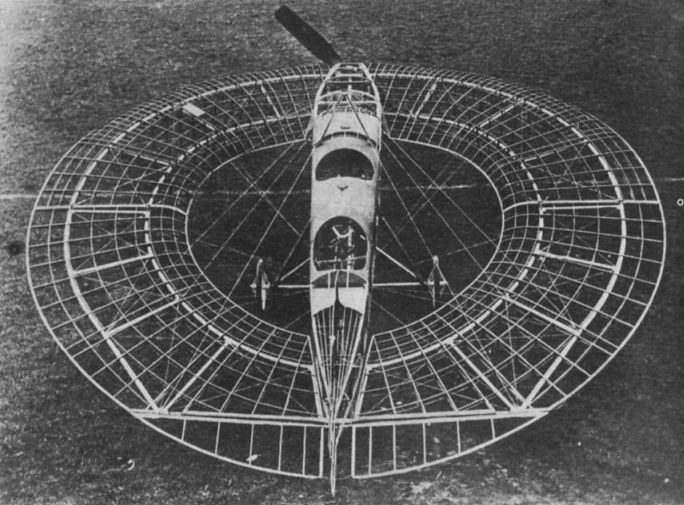Died 1960 | ||
 | ||
Born 1883 Altrincham, Cheshire Occupation Aeronautical engineerMuseum curator Parent(s) George Richards, Amy Florence Richards Books The History and Development of Typewriters | ||
George Tilghman Richards (1884–1960), usually known as G. Tilghman Richards, was a British aeronautical engineer and museum curator, best known for his work on the Lee-Richards annular aeroplanes.
Contents
He was a Fellow of the Royal Aeronautical Society (FRAeS) and Member of the Institute of Aeronautical Engineers (MIAeE).
Early life
George Tilghman Richards was born in Altrincham, Cheshire on 18 August 1883 to George Richards and Amy Florence Richards.
By 1908 Richards had gained experience as an automotive engineer working for Rolls-Royce and Belsize, and set up as an independent consultant in Manchester.
Lee-Richards annular aeroplanes
In 1910 Cedric Lee approached Richards to work on an annular biplane which he had acquired half-finished from J. G. A. Kitchen. Together they finished the aeroplane, fitting a 50 hp (37 kW) Gnome Omega engine in the front. The machine is known variously as the Kitchen annular biplane and the Lee-Richards annular biplane. Flight tests in 1911 were disappointing and that Autumn the biplane was destroyed on the ground by high winds, when its hangar collapsed. A non-flying replica later appeared in the 1965 film Those magnificent men in their flying machines and is now on display at the Newark Air Museum.
Lee and Richards continued experimenting with models and Richards especially further developed the aerodynamic theory of the annular wing. They developed a form having a circular lower wing with an auxiliary plane above the front half of the main wing. A full-size manned glider proved successful. Model tests of a new design at the National Physics Laboratory gave promising results, confirming that an annular monoplane would be aerodynamically stable and have benign stalling characteristics.
Through 1913-14 three monoplanes were built and flown. All were stable in flight and successively showed improved handling.
Richards would continue to promote the benefits of the annular wing throughout his life, but without success. While working for Beardmore in 1916 he patented an improved method of construction.
WWI and aftermath
When war broke out, Richards was commissioned into the Royal Naval Air Service (RNAS) as an inspector of Naval aircraft. He was sent to Beardmore, who were manufacturing other companies' designs under licence. In due course he resigned his commission to become assistant manager and designer. From 1916 to 1917 he produced their first in-house aircraft designs, achieving his greatest success with the W.B.III, a navalised version of the Sopwith Pup which Beardmore were manufacturing under license. Other Beardmore types which he designed included the W.B.1, W.B.2, W.B.IV, W.B.V and W.B.VI.
After the war there was little demand for aircraft and he moved to Martinsyde as general manager, where they were changing over from aircraft manufacture to motor cycles.
Science Museum
In 1924 he went to work for the Science Museum, London and remained there until his retirement in 1954.
During his time there a model of a Lee-Richards annular monoplane was commissioned and put on display.
He also wrote The History and Development of Typewriters, Science Museum, London, 1938.
Death
Richards died on 22 June 1960 at the age of 76.
